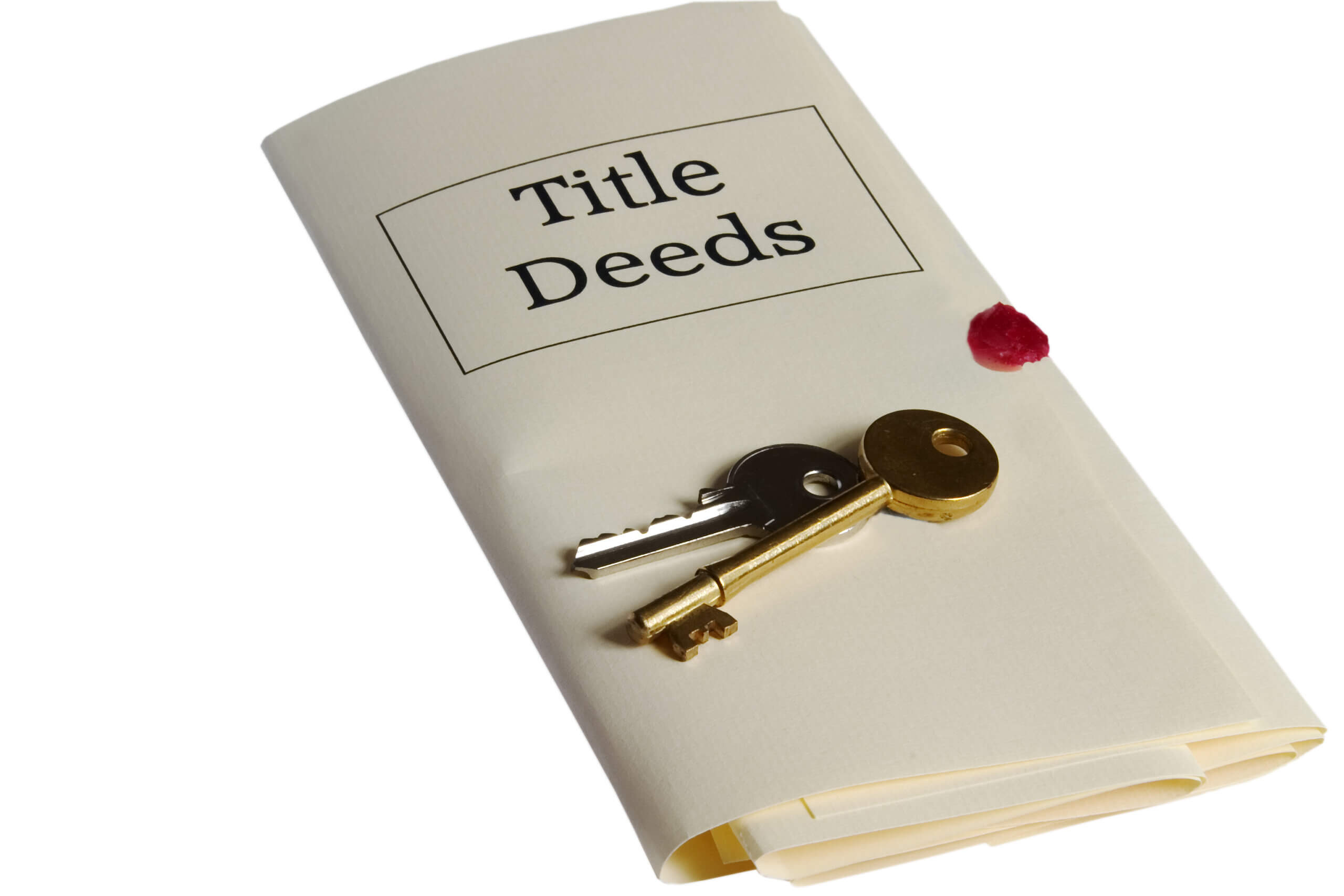How to add someone to the title of a house in Arizona
How to add someone to the title of a house -Filing a Quit Claim Deed or Warranty Deed in Arizona
One of the services offered at Arizona Statewide Paralegal is the filing of a quit claim deed or warranty deed in order to add someone to the title of a house. In this article I will discuss more about the difference between the two types of deeds and the process we use for filing your deed.
What is a Deed?
When you own property you have what is called a legal “interest” in that property. Title refers to your ownership of the property. Evidence of that ownership is shown in the deed. A deed is a written document that transfers property ownership from one person or entity to another person or entity.
A quit claim deed transfers your property interest to another person or legal entity. When you sign a quit claim deed you do make any guarantees or promises about whether or not someone else also has a legal interest in the property. You are merely signing over your legal interest, if any, in the property. You are the grantor (giving the interest) and the person who receives your interest is the grantee. Quit claim deeds are often mistakenly called “quick” claim deeds.
Warranty Deed Vs. Quit Claim Deed
When you use a warranty deed, you are saying to the grantee that you guarantee that no one else has any legal interest or right to the property. You are providing a promise or warranty that the property is free and clear. Both types of deeds transfer ownership of a property from one person to another. However, by signing a warranty deed the grantor guarantees that there are no liens against the property.
The deed to your property specifies the type of ownership you have. For example, you may have sole ownership of the property, joint tenancy with the right of survivorship, tenancy in common, community property, community property with the right of survivorship, or a beneficiary deed. For informational purposes only, here are the definitions for each type of ownership.
Sole ownership is fairly straightforward. It means you are the only owner of the property. Joint tenancy with the right of survivorship is when two or more people have ownership of the property and when one of the owners dies, the property right transfers directly to the other owner who is still alive. Tenancy in common is when two or more individuals own property but each owner has a separate interest in the property with no right of survivorship. Community property is available only to individuals who are married to each other. They each own an undivided half interest in the property. Community property with the right of survivorship is also only available to individuals married to each other. When one spouse dies, the other spouse is entitled to both halves of the property. With a beneficiary deed, the owner records a deed that conveys the property when he or she dies to whomever is named as the beneficiary in the deed.
Quit claim deeds are most often used to transfer property rights between family members. For example, a quit claim deed might be used in a divorce where one spouse receives the family home as part of the divorce property settlement. Parents might use a quit claim deed when transferring property to their children. When getting remarried, a spouse might use a quit claim deed to add the new spouse to the property title. Quit claim deeds are also used when setting up a living trust.
Warranty deeds are most often used in a sale of a home between two unrelated parties. It is also one of the most commonly used deeds. A warranty deed is preferred by most title companies over a quit claim deed especially when refinancing a loan.
Once you have decided which deed you want to use to transfer ownership to property, you’ll need to gather some information to get started on the process with Arizona Statewide Paralegal. We will need to get all of your information, including how to contact you. If you have a copy of the most recent deed it is helpful as we need to provide the proper legal description. The information you provide should be from the most recently recorded deed. If the property is in Pima County we can locate the deed if it was recorded after 1986.
Arizona law has certain requirements for quit claim and warranty deeds. You need to include the grantor’s name. The grantor is the person or persons who owns the property. You will also need to include the grantee’s name. You can choose more than one person as your grantee or another legal entity. You will also need to include the legal description of your property. Make sure and use the legal description on the deed. This is the full legal description. If you use the legal description from your property tax statement, it may not be complete and it is possible that your quit claim or warranty deed will be rejected by the assessor.
You will then choose how the grantees will hold title to the property. You can choose as sole and separate property, joint tenancy with the right of survivorship, tenants in common, or community property with right of survivorship. When using the warranty deed or quit claim deed you also need to specify the exemption you are using that will allow you to file a deed when no money has changed hands.
According to the Arizona Revised Statues (ARS) 11-1133, the county recorder shall refuse to record any deed and any contract relating to the sale of real property if a complete affidavit of legal value is not appended unless the instrument bears a notation indicating an exemption. The most common exemptions are husband and wife (ARS 11-1134-B3), parent and child (ARS 11-1134-B3), pursuant to a court order (ARS 11-1134-A5), a gift (ARS 11-1134-A7), or person and trustee/trustee to beneficiary (ARS 11-1134-B8). In all, Arizona law has over 14 exemptions listed that do not require you to complete an affidavit of legal value when filing your warranty or quit claim deed.
If either the grantors or grantees are a trust then Arizona Revised Statutes A.R.S 33-404 require that the names and addresses of the beneficiaries and the names of the trustees are disclosed on the deed.
Arizona Statewide Paralegal offers the convenience of submitting all of this information on-line. We use a secure on-line system that allows you to complete all the steps necessary for us to prepare your quit claim or warranty deed. Once we have received all of your information, we will prepare the deed for your signature. Because you must sign as the grantor in front of a notary, we offer in office signing in Tucson, Phoenix, and Mesa. We then file the deed with the proper county recorders office. Because we have experience in all counties in Arizona we will ensure the correct process is followed.
You can also contact our office directly for an in-person appointment or consultation. We are certified by the Arizona Supreme Court for legal document preparation. Beyond just preparing your documents, we also provide complete case management for your legal document preparation. We go a step further, to ensure that your experience with us and most importantly your experience with your legal matter exceed your expectations.

